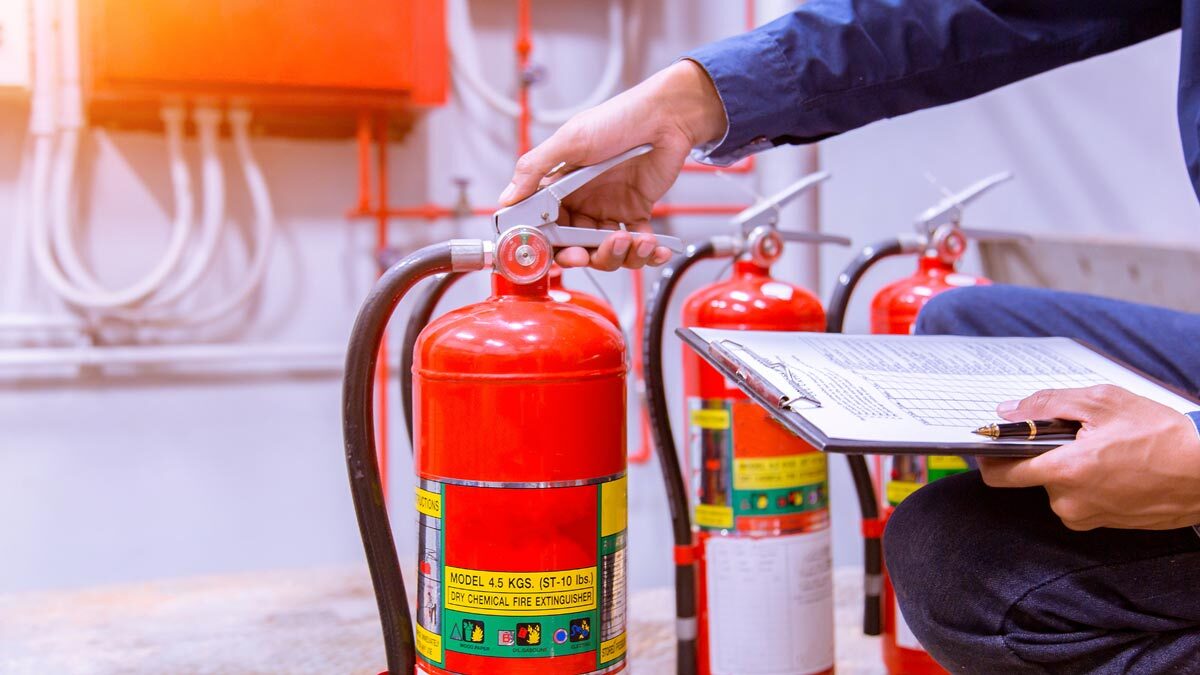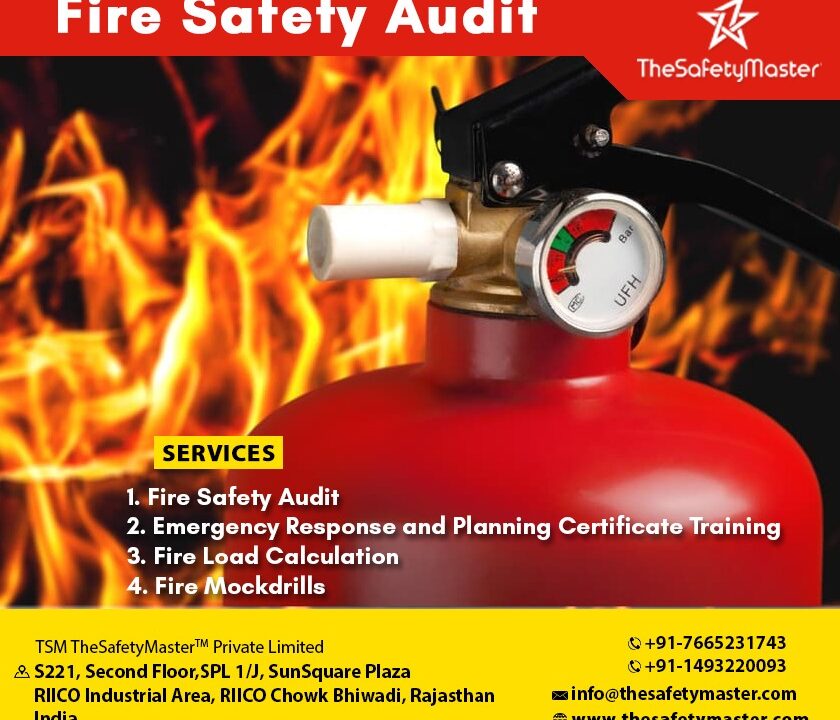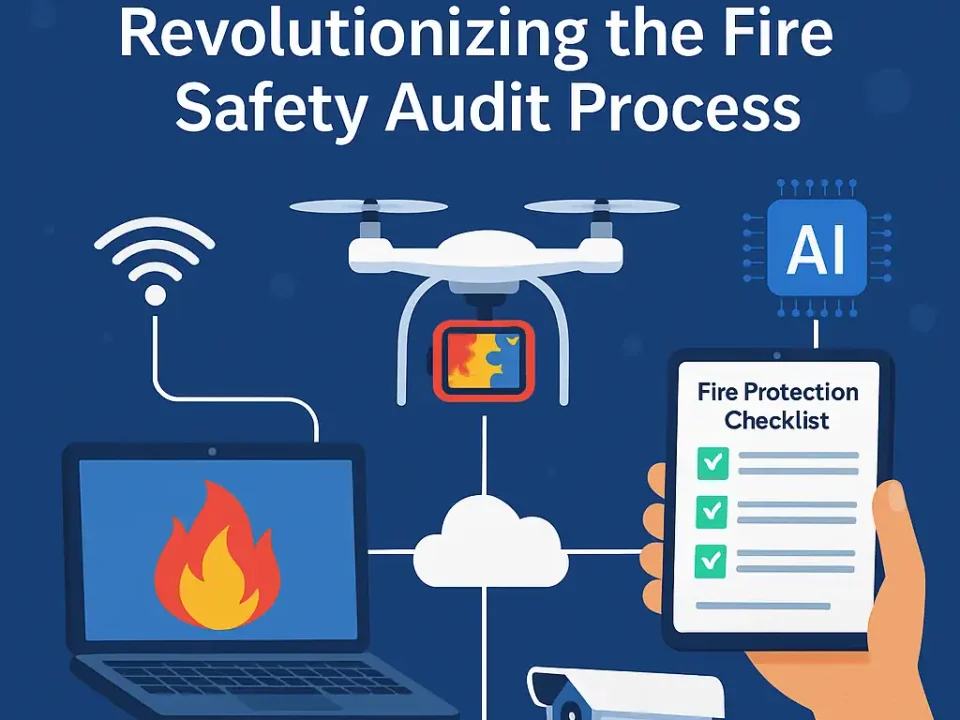Fire Fighting Training: Building Skills & Preparedness for Emergency Response

Fire Drill: Training, Safety, Procedures, & Reports
December 26, 2024
Adapting Industry Safety Protocols for Modern Resilience
December 27, 2024Firefighting is a critical skill that plays a vital role in ensuring safety in various environments, from homes to industrial settings. Proper training in fire fighting is essential not only for professional firefighters but also for employees, safety officers, and even general citizens who may face emergency situations. The objective of fire fighting training is to equip individuals with the necessary skills and knowledge to respond effectively to fire emergencies, minimizing damage and saving lives.
In this article, we will explore the key aspects of fire fighting training, including the importance of building essential skills, enhancing preparedness for emergency response, and understanding the various components of comprehensive training programs.
Why is Fire Fighting Training Important?
Fire fighting training is crucial for several reasons:
- Life Safety: The primary goal of fire fighting is to protect human life. Proper training enables individuals to respond swiftly and effectively in emergencies, reducing the risk of injury or death.
- Property Protection: Fires can cause significant damage to property. Trained individuals can take immediate action to control and extinguish fires, thereby limiting property damage and financial loss.
- Regulatory Compliance: In many industries, fire safety training is mandated by law. Organizations must comply with fire safety regulations, and having a trained workforce ensures adherence to these legal requirements.
- Confidence and Competence: Training builds confidence in individuals, allowing them to act decisively in emergency situations. It also fosters a sense of responsibility and preparedness, which is critical in high-pressure scenarios.
- Preventative Measures: Beyond emergency response, fire fighting training often includes fire prevention strategies. By understanding fire hazards and how to mitigate them, individuals can help prevent fires from occurring in the first place.
Key Components of Fire Fighting Training
Effective fire fighting training programs typically include several key components that cover both theoretical knowledge and practical skills. Here are the primary elements of a comprehensive fire fighting training program:
1. Understanding Fire Science
A fundamental aspect of fire fighting training is understanding the science of fire. This includes learning about the fire triangle (heat, fuel, oxygen) and the different classes of fire (A, B, C, D, and K). Trainees learn how different types of fires behave and the appropriate extinguishing methods for each.
2. Fire Prevention Strategies
Prevention is the first line of defense against fire hazards. Training programs teach individuals how to identify potential fire risks in their environment and implement measures to mitigate those risks. This includes proper storage of flammable materials, regular inspection of electrical systems, and maintaining clear evacuation routes.
3. Use of Fire Extinguishers
One of the most basic yet crucial skills in fire fighting is knowing how to use a fire extinguisher correctly. Training involves hands-on practice with various types of fire extinguishers, learning the PASS technique (Pull, Aim, Squeeze, Sweep), and understanding which extinguisher to use for different classes of fire.
4. Fire Hose Handling
For more advanced fire fighting scenarios, training includes the use of fire hoses. Participants learn how to deploy and manage hoses, control water pressure, and direct water streams effectively to extinguish larger fires.
5. Emergency Evacuation Procedures
Knowing how to evacuate a building safely during a fire is a critical aspect of fire safety. Training covers the creation and execution of evacuation plans, the importance of designated evacuation routes, and the roles and responsibilities of fire wardens or safety officers during an emergency.
6. Search and Rescue Techniques
In some cases, fire fighting involves searching for and rescuing individuals trapped in a burning building. Training programs teach search and rescue techniques, including how to navigate through smoke-filled environments, use of breathing apparatus, and safely transporting injured or unconscious individuals.
7. Team Coordination and Communication
Fire fighting is often a team effort, requiring clear communication and coordination among team members. Training emphasizes the importance of working together, using standard communication protocols, and maintaining situational awareness during an emergency.
8. First Aid and CPR
Fire fighting training often includes basic first aid and CPR instruction. This is crucial for providing immediate medical assistance to individuals who may have been injured during a fire. Learning these skills can be the difference between life and death in critical situations.
Building Skills for Effective Fire Fighting
Building effective fire fighting skills requires a combination of theoretical knowledge and practical experience. Here are some key areas where individuals can develop their fire fighting skills:
1. Regular Drills and Simulations
Practical experience is crucial in fire fighting training. Regular drills and simulations help trainees practice what they have learned in a controlled environment. These exercises often simulate real-life scenarios, such as a fire in a specific area of a building, and require participants to respond as they would in an actual emergency.
2. Physical Fitness
Fire fighting is physically demanding. Building strength, endurance, and agility is important for anyone involved in fire fighting. Training programs often include physical fitness components to ensure that participants are capable of handling the strenuous tasks associated with fire fighting.
3. Critical Thinking and Decision Making
Fire fighting requires quick thinking and decisive action. Training programs often include scenarios that require participants to make critical decisions under pressure. Developing these cognitive skills is essential for effective fire fighting.
4. Advanced Equipment Training
For professional firefighters and those in industries with significant fire risks, advanced equipment training is necessary. This includes the use of specialized equipment such as thermal imaging cameras, self-contained breathing apparatus (SCBA), and fire suppression systems.
5. Continuous Learning and Certification
Fire fighting skills must be kept up to date. Continuous learning through refresher courses and certifications ensures that individuals remain knowledgeable about the latest fire safety techniques and technologies. Regular re-certification may be required in some industries to maintain compliance with safety regulations.
Preparedness for Emergency Response
Preparedness is the key to effective emergency response. A well-prepared individual or team can respond to a fire quickly and efficiently, minimizing harm and damage. Here are some strategies for enhancing preparedness:
1. Emergency Response Plans
Every organization should have a comprehensive emergency response plan in place. This plan should detail the actions to be taken in the event of a fire, including evacuation procedures, roles and responsibilities, and communication protocols. Regularly reviewing and updating the plan ensures that it remains effective.
2. Regular Training and Refresher Courses
Preparedness is an ongoing process. Regular training and refresher courses help maintain a high level of readiness among employees and safety personnel. These sessions should be mandatory and scheduled frequently to ensure that everyone is familiar with the latest fire safety practices.
3. Equipment Checks and Maintenance
Ensuring that all fire fighting equipment is in good working order is critical for preparedness. Regular inspections and maintenance of fire extinguishers, hoses, alarms, and other equipment ensure they will function properly during an emergency.
4. Mock Drills
Conducting mock drills is one of the best ways to test the preparedness of an organization. These drills simulate real fire scenarios and allow everyone to practice their roles in a controlled environment. Mock drills also help identify any weaknesses in the emergency response plan, allowing for adjustments to be made before a real emergency occurs.
5. Awareness and Communication
Effective communication is vital during a fire emergency. Ensuring that everyone is aware of the emergency procedures and knows how to communicate during an incident can save lives. Training should include communication protocols, such as using alarms, public address systems, and other communication tools.
Conclusion
Fire fighting training is an essential component of safety in any environment. By building the necessary skills and enhancing preparedness, individuals and organizations can respond effectively to fire emergencies, protecting lives and property. Whether through regular drills, advanced equipment training, or continuous learning, the goal is to ensure that everyone is ready to act when it matters most. Investing in comprehensive fire fighting training not only enhances safety but also instills confidence and competence, making it a crucial aspect of emergency response preparedness.




